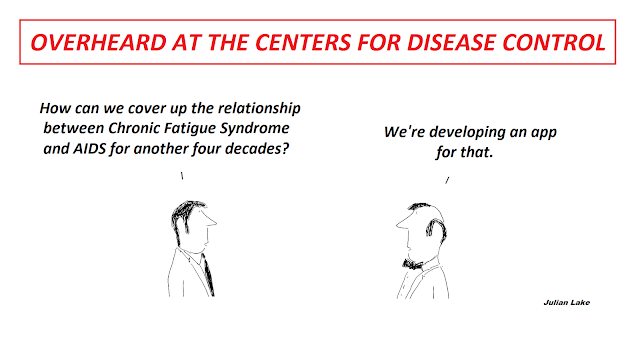New study may help understand how Kaposi's Sarcoma virus affects Chronic Fatigue Syndrome patients.

Characterization of de novo lytic infection of dermal lymphatic microvascular endothelial cells by Kaposi's sarcoma-associated herpesvirus https://www.sciencedirect.com/science/article/abs/pii/S0042682219302041 Diagnosis To determine if a suspicious-looking skin lesion is Kaposi's sarcoma, your doctor will need to perform a biopsy, which involves removing a small piece of tissue for examination in a laboratory. Tests to diagnose internal Kaposi's sarcoma include: Fecal occult blood test. This test detects hidden blood in stool, which can be a sign of Kaposi's sarcoma in the digestive tract. Chest X-ray. A chest X-ray may reveal abnormalities suggesting Kaposi's sarcoma in the lung. Bronchoscopy. In this test, a thin tube (bronchoscope) is passed through your nose or mouth into your lungs to view their lining and take samples of abnormal areas. Upper endoscopy. This test uses a thin tube (endoscope) passed through your mouth to examine th...













